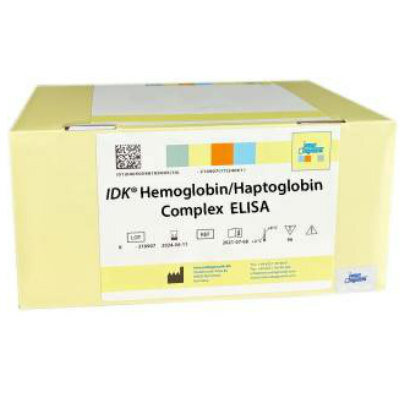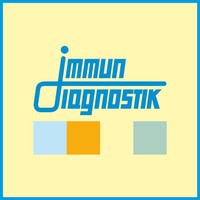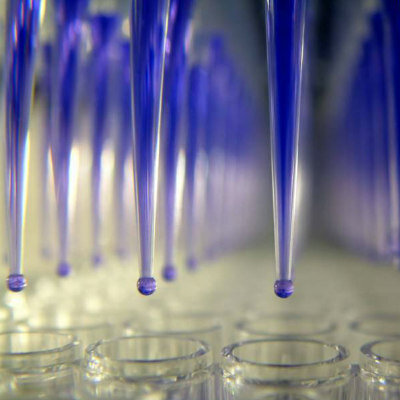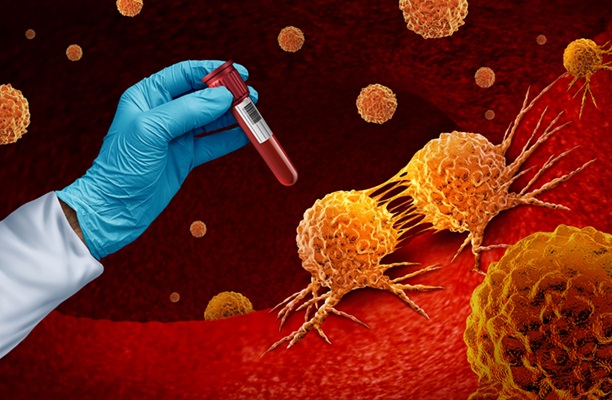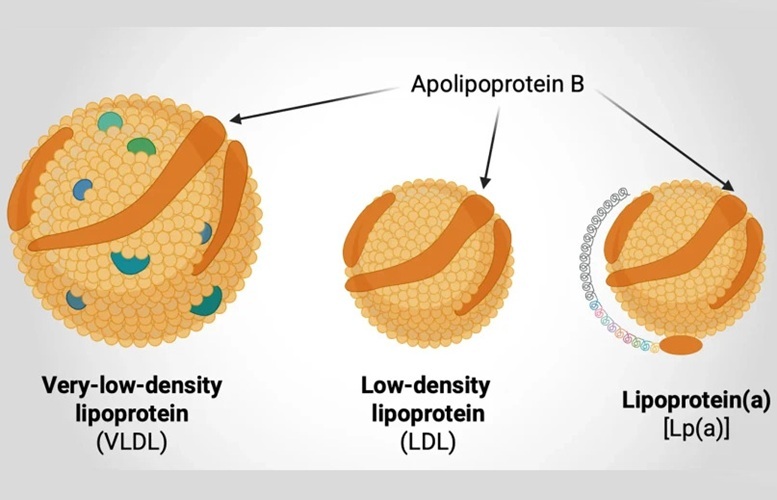Diseased Liver Model Facilitates Search for AAT Deficiency Cure
|
By LabMedica International staff writers Posted on 02 Nov 2017 |
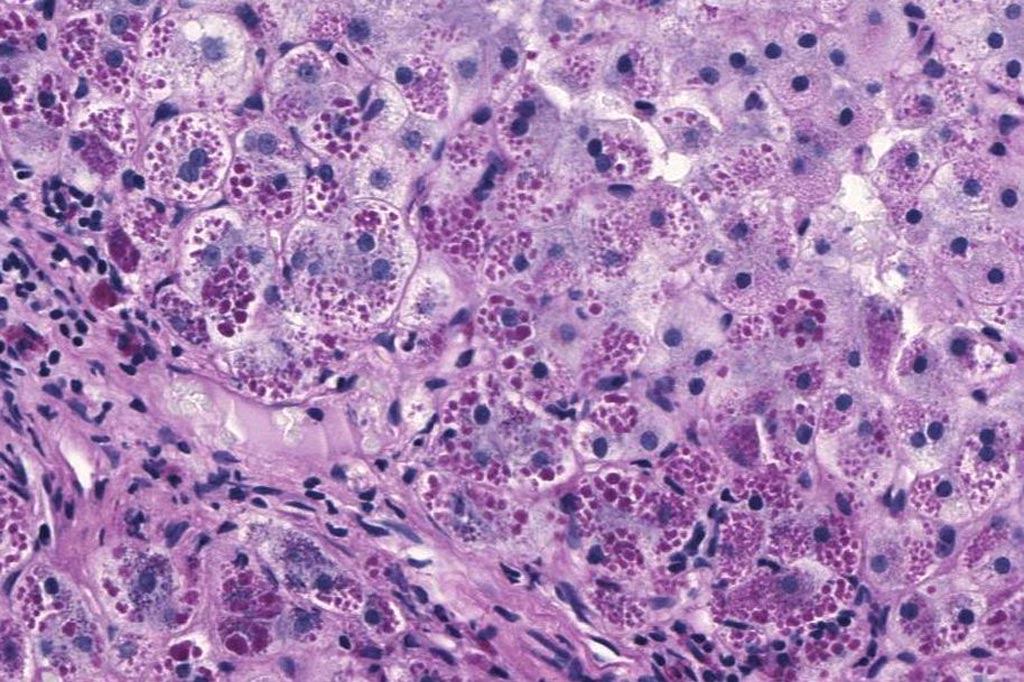
Image: A photomicrograph of a liver biopsy from a patient with alpha-1 antitrypsin deficiency. The PAS with diastase stain shows the diastase-resistant pink globules that are characteristic of this disease (Photo courtesy of Wikimedia Commons).
Researchers have developed a new humanized liver mouse model with the mutation that causes alpha-1 antitrypsin deficiency in order to determine whether it is possible to cure the disease by repopulating the defective liver with gene edited healthy cells.
In alpha-1 antitrypsin (AAT) deficiency, one missense mutation results in impaired secretion of AAT. In most patients, lung damage occurs due to a lack of AAT-mediated protection of lung elastin from neutrophil elastase. In some patients, accumulation of misfolded PiZ-mutant AAT protein in the liver triggers hepatocyte injury leading to inflammation and cirrhosis.
Investigators at the University of Massachusetts Medical School (Worcester, USA) hypothesized that correcting the mutant defect in hepatocytes would confer a selective advantage for repopulation of hepatocytes within an intact liver. To test this hypothesis they used a combination of RNA interference with gene augmentation, using an RNAi-resistant version of the alpha-1 antitrypsin gene.
The investigators reported in the September 25, 2017, online edition of the journal Molecular Therapy that this gene editing approach led to a selective advantage of edited hepatocytes due to silencing of the mutant protein, augmenting normal AAT production, and improvement of the liver pathology.
"This is a significant win for gene editing," said senior author Dr. Christian Mueller, associate professor of pediatrics at the University of Massachusetts Medical School. "If healthy or gene-corrected liver cells have a selective advantage over cells with the alpha-1 antitrypsin deficiency mutation, then it is possible that by treating only a few cells, those healthy cells will "out compete" the diseased cells. And because liver cells regenerate easily, this can create a big advantage therapeutically. What we have here is a proof of concept that this approach would potentially help patients, and for very young patients with actively growing livers that could potentially be treated early in life, this could be very meaningful"
"Gene editing with alpha-1 antitrypsin deficiency alone can do a lot of what CRISPR/Cas9 [currently the most widely-studied gene editing tool] does, just at a lower efficiency," said Dr. Mueller. "In cases where there is a competitive advantage, only a low-level of editing is necessary, allowing the corrected cells to expand and, in this case, both prevent liver disease and make therapeutic levels of the normal alpha-1 protein."
Related Links:
University of Massachusetts Medical School
In alpha-1 antitrypsin (AAT) deficiency, one missense mutation results in impaired secretion of AAT. In most patients, lung damage occurs due to a lack of AAT-mediated protection of lung elastin from neutrophil elastase. In some patients, accumulation of misfolded PiZ-mutant AAT protein in the liver triggers hepatocyte injury leading to inflammation and cirrhosis.
Investigators at the University of Massachusetts Medical School (Worcester, USA) hypothesized that correcting the mutant defect in hepatocytes would confer a selective advantage for repopulation of hepatocytes within an intact liver. To test this hypothesis they used a combination of RNA interference with gene augmentation, using an RNAi-resistant version of the alpha-1 antitrypsin gene.
The investigators reported in the September 25, 2017, online edition of the journal Molecular Therapy that this gene editing approach led to a selective advantage of edited hepatocytes due to silencing of the mutant protein, augmenting normal AAT production, and improvement of the liver pathology.
"This is a significant win for gene editing," said senior author Dr. Christian Mueller, associate professor of pediatrics at the University of Massachusetts Medical School. "If healthy or gene-corrected liver cells have a selective advantage over cells with the alpha-1 antitrypsin deficiency mutation, then it is possible that by treating only a few cells, those healthy cells will "out compete" the diseased cells. And because liver cells regenerate easily, this can create a big advantage therapeutically. What we have here is a proof of concept that this approach would potentially help patients, and for very young patients with actively growing livers that could potentially be treated early in life, this could be very meaningful"
"Gene editing with alpha-1 antitrypsin deficiency alone can do a lot of what CRISPR/Cas9 [currently the most widely-studied gene editing tool] does, just at a lower efficiency," said Dr. Mueller. "In cases where there is a competitive advantage, only a low-level of editing is necessary, allowing the corrected cells to expand and, in this case, both prevent liver disease and make therapeutic levels of the normal alpha-1 protein."
Related Links:
University of Massachusetts Medical School
Latest BioResearch News
- Genome Analysis Predicts Likelihood of Neurodisability in Oxygen-Deprived Newborns
- Gene Panel Predicts Disease Progession for Patients with B-cell Lymphoma
- New Method Simplifies Preparation of Tumor Genomic DNA Libraries
- New Tool Developed for Diagnosis of Chronic HBV Infection
- Panel of Genetic Loci Accurately Predicts Risk of Developing Gout
- Disrupted TGFB Signaling Linked to Increased Cancer-Related Bacteria
- Gene Fusion Protein Proposed as Prostate Cancer Biomarker
- NIV Test to Diagnose and Monitor Vascular Complications in Diabetes
- Semen Exosome MicroRNA Proves Biomarker for Prostate Cancer
- Genetic Loci Link Plasma Lipid Levels to CVD Risk
- Newly Identified Gene Network Aids in Early Diagnosis of Autism Spectrum Disorder
- Link Confirmed between Living in Poverty and Developing Diseases
- Genomic Study Identifies Kidney Disease Loci in Type I Diabetes Patients
- Liquid Biopsy More Effective for Analyzing Tumor Drug Resistance Mutations
- New Liquid Biopsy Assay Reveals Host-Pathogen Interactions
- Method Developed for Enriching Trophoblast Population in Samples
Channels
Clinical Chemistry
view channel
‘Brilliantly Luminous’ Nanoscale Chemical Tool to Improve Disease Detection
Thousands of commercially available glowing molecules known as fluorophores are commonly used in medical imaging, disease detection, biomarker tagging, and chemical analysis. They are also integral in... Read more
Low-Cost Portable Screening Test to Transform Kidney Disease Detection
Millions of individuals suffer from kidney disease, which often remains undiagnosed until it has reached a critical stage. This silent epidemic not only diminishes the quality of life for those affected... Read more
New Method Uses Pulsed Infrared Light to Find Cancer's 'Fingerprints' In Blood Plasma
Cancer diagnoses have traditionally relied on invasive or time-consuming procedures like tissue biopsies. Now, new research published in ACS Central Science introduces a method that utilizes pulsed infrared... Read moreMolecular Diagnostics
view channel
New Genetic Tool Analyzes Umbilical Cord Blood to Predict Future Disease
Children are experiencing metabolic problems at increasingly younger ages, placing them at higher risk for serious health issues later in life. There is a growing need to identify this risk from birth... Read more
Spinal Fluid Biomarker for Parkinson’s Disease Offers Early and Accurate Diagnosis
Parkinson’s disease is a neurodegenerative condition typically diagnosed at an advanced stage based on clinical symptoms, primarily motor disorders. However, by this time, the brain has already undergone... Read moreHematology
view channel
New Scoring System Predicts Risk of Developing Cancer from Common Blood Disorder
Clonal cytopenia of undetermined significance (CCUS) is a blood disorder commonly found in older adults, characterized by mutations in blood cells and a low blood count, but without any obvious cause or... Read more
Non-Invasive Prenatal Test for Fetal RhD Status Demonstrates 100% Accuracy
In the United States, approximately 15% of pregnant individuals are RhD-negative. However, in about 40% of these cases, the fetus is also RhD-negative, making the administration of RhoGAM unnecessary.... Read moreImmunology
view channel
Stem Cell Test Predicts Treatment Outcome for Patients with Platinum-Resistant Ovarian Cancer
Epithelial ovarian cancer frequently responds to chemotherapy initially, but eventually, the tumor develops resistance to the therapy, leading to regrowth. This resistance is partially due to the activation... Read more
Machine Learning-Enabled Blood Test Predicts Immunotherapy Response in Lymphoma Patients
Chimeric antigen receptor (CAR) T-cell therapy has emerged as one of the most promising recent developments in the treatment of blood cancers. However, over half of non-Hodgkin lymphoma (NHL) patients... Read moreMicrobiology
view channel
Handheld Device Delivers Low-Cost TB Results in Less Than One Hour
Tuberculosis (TB) remains the deadliest infectious disease globally, affecting an estimated 10 million people annually. In 2021, about 4.2 million TB cases went undiagnosed or unreported, mainly due to... Read more
New AI-Based Method Improves Diagnosis of Drug-Resistant Infections
Drug-resistant infections, particularly those caused by deadly bacteria like tuberculosis and staphylococcus, are rapidly emerging as a global health emergency. These infections are more difficult to treat,... Read more
Breakthrough Diagnostic Technology Identifies Bacterial Infections with Almost 100% Accuracy within Three Hours
Rapid and precise identification of pathogenic microbes in patient samples is essential for the effective treatment of acute infectious diseases, such as sepsis. The fluorescence in situ hybridization... Read morePathology
view channel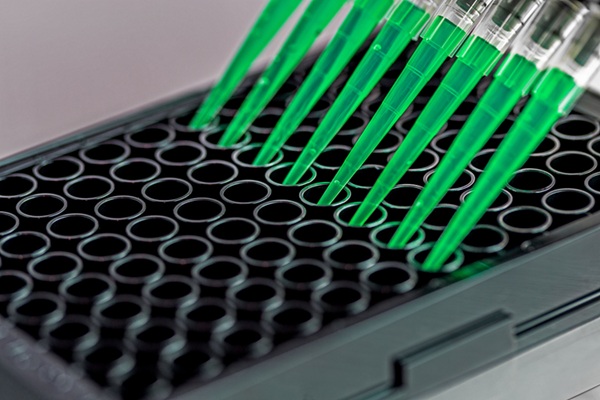
Sensitive and Specific DUB Enzyme Assay Kits Require Minimal Setup Without Substrate Preparation
Ubiquitination and deubiquitination are two important physiological processes in the ubiquitin-proteasome system, responsible for protein degradation in cells. Deubiquitinating (DUB) enzymes contain around... Read more
World’s First AI Model for Thyroid Cancer Diagnosis Achieves Over 90% Accuracy
Thyroid cancer is one of the most common cancers worldwide, and its precise management typically relies on two primary systems: (1) the 8th edition of the American Joint Committee on Cancer (AJCC) or ... Read more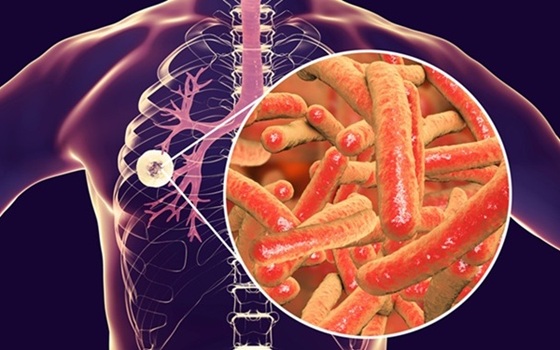
Breakthrough Diagnostic Approach to Significantly Improve TB Detection
Tuberculosis (TB) remains the deadliest infectious disease globally, with 10.8 million new cases and 1.25 million deaths reported in 2023. Early detection through effective screening is crucial in identifying... Read more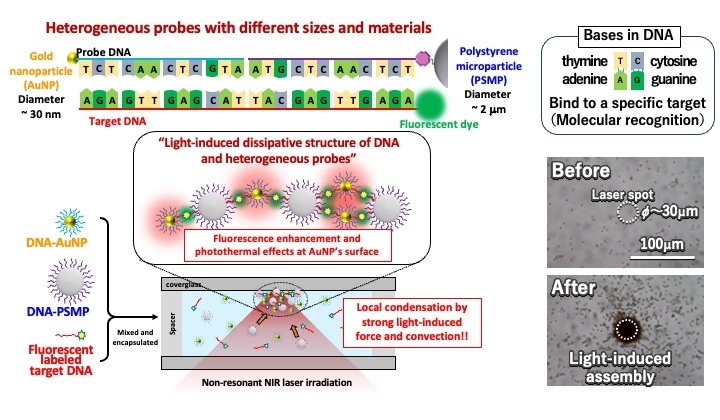
Rapid, Ultra-Sensitive, PCR-Free Detection Method Makes Genetic Analysis More Accessible
Genetic testing has been an important method for detecting infectious diseases, diagnosing early-stage cancer, ensuring food safety, and analyzing environmental DNA. For a long time, polymerase chain reaction... Read moreTechnology
view channel
Disposable Microchip Technology Could Selectively Detect HIV in Whole Blood Samples
As of the end of 2023, approximately 40 million people globally were living with HIV, and around 630,000 individuals died from AIDS-related illnesses that same year. Despite a substantial decline in deaths... Read more
Pain-On-A-Chip Microfluidic Device Determines Types of Chronic Pain from Blood Samples
Chronic pain is a widespread condition that remains difficult to manage, and existing clinical methods for its treatment rely largely on self-reporting, which can be subjective and especially problematic... Read more
Innovative, Label-Free Ratiometric Fluorosensor Enables More Sensitive Viral RNA Detection
Viruses present a major global health risk, as demonstrated by recent pandemics, making early detection and identification essential for preventing new outbreaks. While traditional detection methods are... Read moreIndustry
view channel
Cepheid and Oxford Nanopore Technologies Partner on Advancing Automated Sequencing-Based Solutions
Cepheid (Sunnyvale, CA, USA), a leading molecular diagnostics company, and Oxford Nanopore Technologies (Oxford, UK), the company behind a new generation of sequencing-based molecular analysis technologies,... Read more
Grifols and Tecan’s IBL Collaborate on Advanced Biomarker Panels
Grifols (Barcelona, Spain), one of the world’s leading producers of plasma-derived medicines and innovative diagnostic solutions, is expanding its offer in clinical diagnostics through a strategic partnership... Read more







